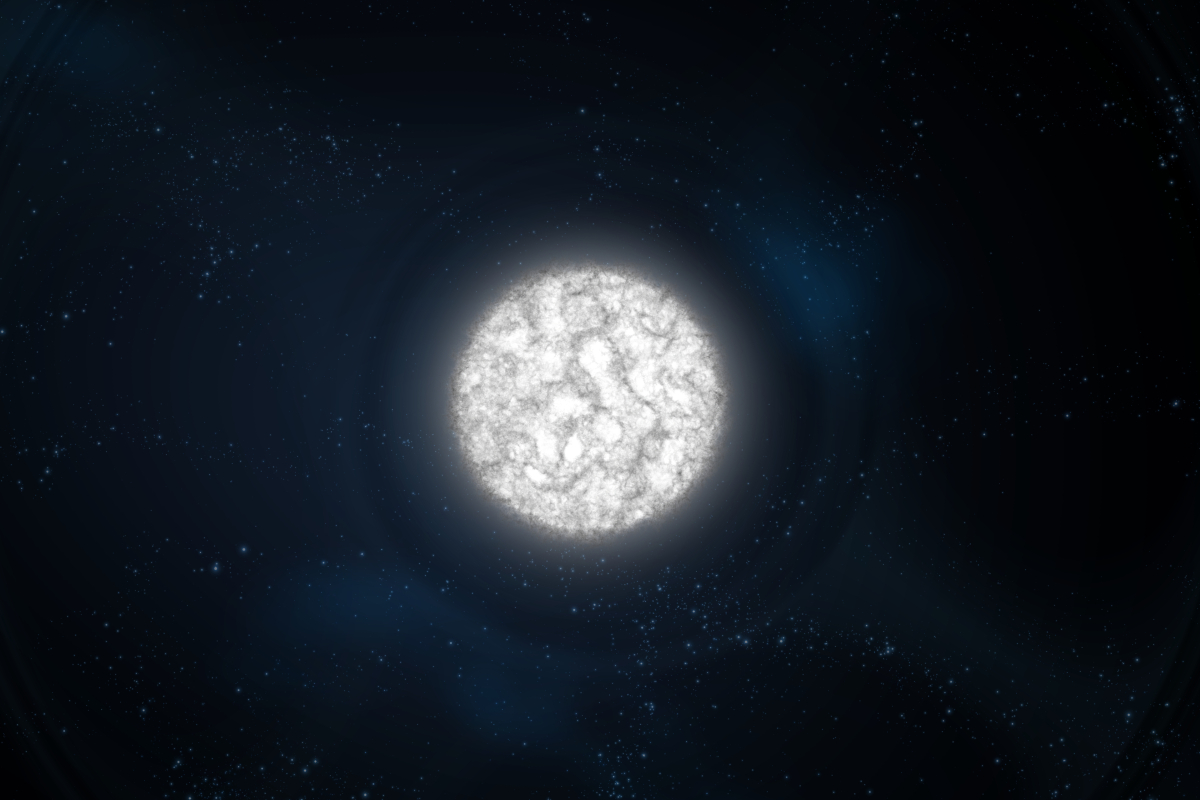This dying star has distinct halves
Astronomers have made a strange find 1,300 light-years away: they’ve encountered a rotating white dwarf with two completely different halves. The surface of one part of the star consists of helium and the atmosphere of the other part consists of hydrogen. This was reported by an international research team in an article published in the journal Nature published in mid-July.
The researchers appropriately named the object, which bears the scientific name ZTF J203349.8+322901.1, Janus. The name is based on the Roman god Janus, who embodies the beginning and the end as well as other dualities in mythology. In pictorial representations, he is depicted with two faces looking in opposite directions.
Editor’s Recommendations
The research team came across the strange object purely by accident. As part of a routine survey with the Zwicky Transient Facility telescope, it had observed space in search of changes in the brightness of stars. They discovered that Janus naturally shows a strong change, depending on which side its surface is facing towards the telescope: its brightness changed every 15 minutes.
“I was completely blown away by what I saw, and so is every astronomer I show the data to,” Ilaria told Caiazzo space.com. The astrophysicist from the California Institute of Technology made the discovery. It is the first time that a white dwarf has shown such an abnormality.
Caiazzo’s colleagues had studied Janus by various means to determine what accounts for the star’s different levels of brightness. Finally, the distribution of the two chemical elements helium and hydrogen, which emit light at different wavelengths, turned out to be the cause.
The scientists do not yet have a satisfactory explanation for the almost completely half-page division of the elements. One hypothesis looks at a small magnetic field that could serve as a possible cause. It may create “an inhomogeneity in terms of temperature, pressure, or mix strength on the surface.”
So-called white dwarfs are a stage in a dying star where it shrinks to the size of an Earth-like planet. But the high mass remains. This high density results in a particularly strong gravity.
In the case of white dwarfs, the heavy elements sink towards the center of the star. Only the lightest element remains in the upper layer, usually helium or hydrogen. According to the researchers, in addition to gravity, other factors can also influence the distribution of the elements, such as a magnetic field in this case.



